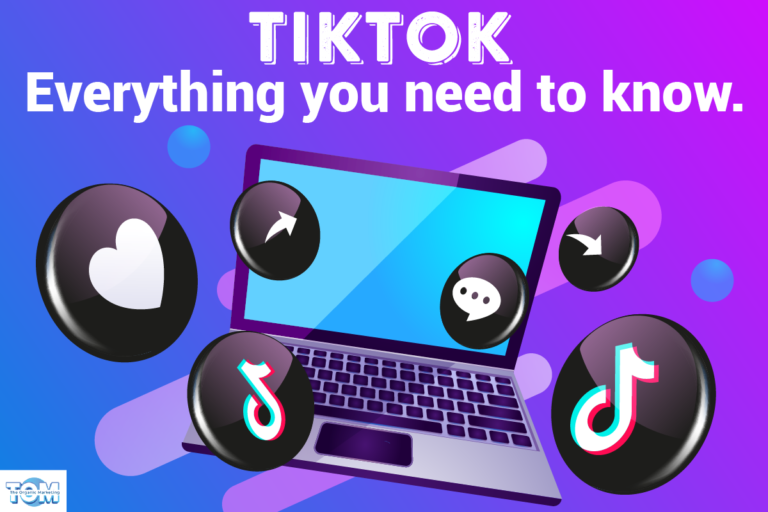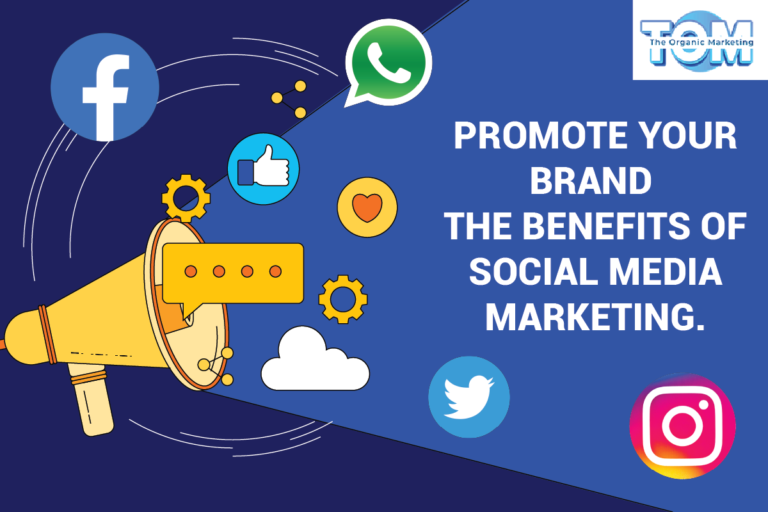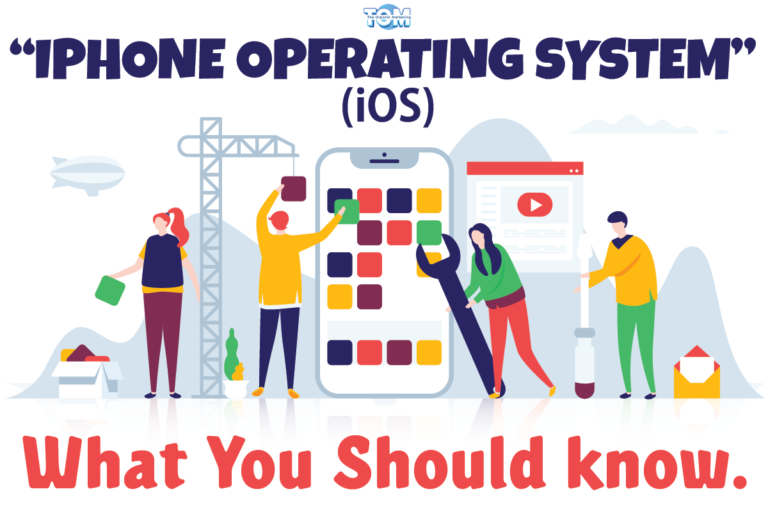Digital Marketing Strategy & Development:
The “emergence of digital marketing” was a major change in traditional marketing, leading to the reinvention of marketing strategies to become more responsive to this change. As digital marketing relies on technology that is always evolving, digital marketing developments and strategies should also reflect these characteristics. At the time of publication, this portion attempts to categorize the notable highlights that are currently in use.
Segmentation: It is becoming increasingly important to segment in digital marketing to target specific markets, whether they are business-to-business or business-to-consumer.
Influencer marketing: Within related communities, influencers are identified as key nodes. In digital targeting, this concept is becoming increasingly important. Brands can tap into the large audiences available on social media and other platforms by partnering with influencers. A variety of sCRM (social customer relationship management) tools, such as Microsoft Dynamics, SAP C4C, Sage CRM and Salesforce CRM, can be used to reach influencers through paid advertising like Facebook Advertising or Google Ads. In recent years, universities have emphasized influencer engagement strategies at the Masters level.
The difference between Pull digital marketing and Push digital marketing is that Pull marketing involves consumers actively looking for marketing messages, whereas Push marketing involves marketers sending messages without consumers actively searching for them.
Online behavioral advertising: An online behavioral ad gathers information about the online activity of a user over time, “on different devices and across different, unrelated websites, in order to display advertisements that are tailored to the interests and preferences of the user.” Site retargeting is used to create ads that are customized based on each user’s behavior.
Collaborative Environment: Organizations, technology providers, and digital agencies can create a collaborative environment for optimizing effort, resource sharing, reusability, and communication. Furthermore, organizations invite their customers to provide feedback on how they can provide better customer service. Data generated by users is referred to as user-generated content. Many of these ideas are collected via company websites, where employees are invited to share their ideas, which are then evaluated by other site users. There is some form of evaluation and implementation of the most popular ideas. Through this method, the organization can maintain relationships with its customers and develop new products that otherwise would not be encountered. Since UGC comes directly from consumers, it is low-cost advertising and can save an organization money on advertising.
Data-driven advertising: Data-driven programmatic media buying allows brands to activate a known audience by using data collected throughout the customer journey. In the digital environment, users’ data can be collected without revealing their privacy (for example, when they visit a website, read an e-mail, or launch and interact with a brand’s mobile app). In addition to real-world customer interactions, brands can also gather data from CRM and sales engine datasets and brick-and-mortar store visits. Data-driven advertising, also known as people-based marketing or addressable media, enables brands to find their loyal customers and reach them in real time with messages highly relevant to their individual needs.
Today, the digital landscape has democratized promotional tools, so considering this while deciding on a strategy is important.
Remarketing: In digital marketing, remarketing plays a crucial role. Marketers can use this technique to publish targeted ads to an audience defined by an interest category
Game advertising: Ads within video games or computer games are known as game ads. Billboards are a common form of in-game advertising found in sports games. The advertisements may also appear as brand-name products that are related to the gaming status symbol, e.g. guns, cars, or clothing.
The six principles for creating online brand content are:
- Individuals should not be considered consumers;
- Hold a position as an editor;
- Establish a brand identity;
- Ensure that the contents are consistent;
- Maintain regular contact with the audience;
- Event channels should be available.
As a result of the new digital era, brands are able to selectively target their customers based on their past browsing habits or potential interests in their brand. Now businesses can target their posts based on their target audience’s age range, gender, location, and interests via social media. Additionally, a customer can be ‘followed’ on the internet based on his or her recent search history so that similar brands, products, and services are displayed to them. Businesses are thus able to target the specific customers they feel will benefit the most from their product or service, something that was previously limited.
Tourism marketing: As the field of tourism matures and attracts more diverse and in-depth academic research, we will see an increase in studies on advanced tourism, responsible tourism, online tourism marketing, and geographic information systems.





